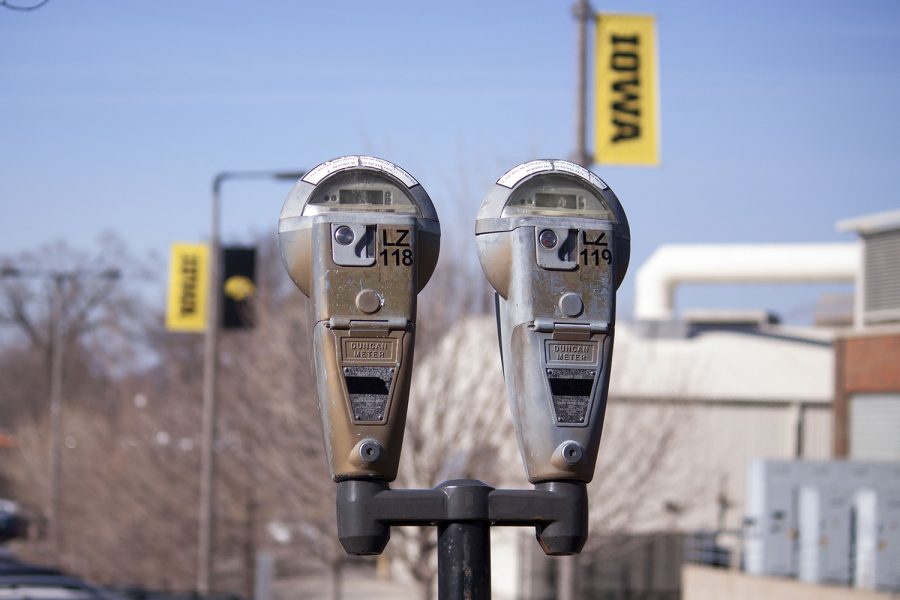Despite a struggle to overcome problems with a lower-quality facility, graduates of the University of Iowa College of Pharmacy practice in 95 of 99 of Iowa’s counties — a state known for its progressiveness in pharmaceuticals.
“I think from a place-to-practice-pharmacy perspective, we are a state as good as any,” said Jay Currie, a UI clinical professor of pharmacy.
UI pharmacy officials credit the progressive work of the university and the state with the success of the UI’s graduates. The state focuses on specific care that allows pharmacists to spend more time tending specifically to patient needs, while allowing assistants to fill the prescriptions.
Currie worked with Drake University and the Iowa Pharmacy Association to create the Iowa Center for Pharmaceutical Care Center. The goal of the center is to provide students with opportunities to implement a focus on patient care.
“We have really great pharmacists in the state to help us deliver the excellent program,” UI pharmacy Professor Bernard Sorofman said. “We have 435 volunteer faculty, not all in Iowa, who help to educate the next generation.”
The pharmacy program gives students numerous opportunities to work throughout the state, and access to these opportunities has been a major reason for the success and widespread placement of UI graduates.
Brett Barker, a graduate of the College of Pharmacy, took advantage of these opportunities in a placement-day activity, allowing him to meet the president from NuCare, the company where he now works.
Barker personifies what Barbara Kelley, the strategic communications director for the college, believes — the cooperation of the community keeps out-of-state students in Iowa to work in the field. Barker graduated from high school in Illinois after growing up in Florida, but chose Nevada, Iowa, as a place to reside.
“Not just Iowans stay in Iowa,” she said. “The students who come here are very endeared with the community, and they delve right in, whether it’s in western Iowa, central Iowa, or here in eastern Iowa.”
While the program’s progressive nature provides a national reputation for quality education, the college faces issues with the Pharmacy Building.
The current pharmacy building was built in the 1960s with a wing added roughly 20 years later. It has two lecture-style classrooms, with the capability to hold 124 seats in each. The typical class size runs between 108 to 110 students.
According to a consumption report from fiscal 2009, the Pharmacy Building consumes more energy per square foot than any other building on campus, and its consumption totals more than all the buildings on the Pentacrest.
Barker and Sorofman both have issues with the building, citing it as “adequate” but essentially holding the program back.
“The program is going really well, but in order to stay good, you have to think toward the future,” Sorofman said.
Barker, a 2008 graduate, said he earned a good education at the university and the facilities were adequate, but adequate isn’t always enough.
“I would say they were adequate,” he said. “But the UI building is falling behind, and [an improvement] is definitely needed in order to keep up.”
While Iowa moves forward in pharmaceuticals, the university pushes for a building improvement to maintain a top-notch program in a state geared for pharmacists to practice successfully.
“Iowa’s known nationally for [its progressiveness],” Barker said. “The university is right there at the forefront of that movement.”






